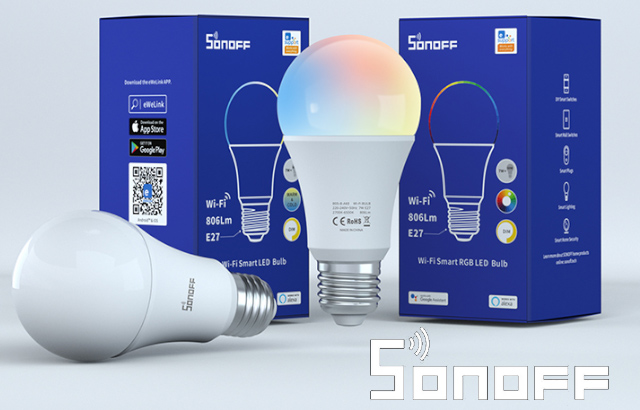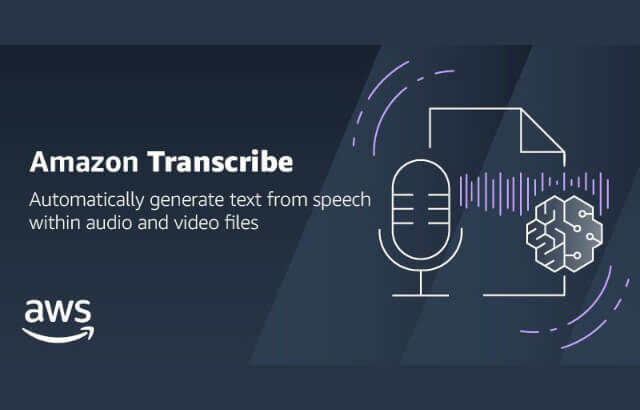Some articles you might also be interested in...

A smart bulb that works with the eWelink app
The Sonoff lightbulbs are very affordable and provide you with the basic functionality that a smart home needs. If the budget is tight and you don’t need all bells and whistles of the more expensive lights, Sonoff lightbulbs will do the job just fine. The prices start from $9.90 for the (plastic, White + color temperature) B02 B A60 and $12.90 for the fancy, pear-shaped B02-F-ST64 (glass, retro look, White + color temperature). As far as connected lights go, the prices are very attractive and Sonoff lightbulbs indeed are as inexpensive as you can get.
Read The Article
How to transcribe video files to text files using Amazon AWS Transcribe for Free.
Transcribe a video to text using AWS. In this tutorial we will create a Word Document from a YouTube Video using the automatic speech recognition service from Amazon called, AWS Transcribe. Amazon Transcribe is an automatic speech recognition (ASR) service that makes it easy for developers to add speech to text capability to their applications.
Read The Article
How to choose the right web hosting company for your business
There are plenty of web hosting providers out there, and it may seem difficult to decipher the good from the bad. So I have put together a guide on how to find the right web hosting provider for your business and my personal recommendation of who to use depending on where you are in the world. Teaming up with the right web hosting service is more important than you think. It’s a partnership. Opt for the wrong one and you could find yourself struggling to get support, suffering downtime, or worse.
Read The Article